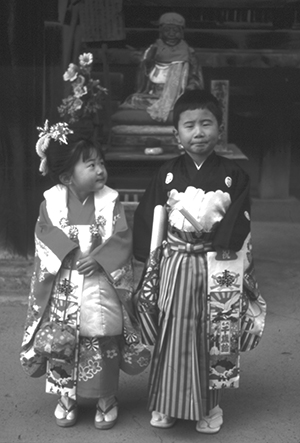 On November 15 every year, doting parents of three- and seven-year-old girls and three- and five-year-old boys dress their children in their finest clothes and visit a local shrine to celebrate the traditional rite of passage known as Shichi-Go-San, which literally means “seven-five-three.”
On November 15 every year, doting parents of three- and seven-year-old girls and three- and five-year-old boys dress their children in their finest clothes and visit a local shrine to celebrate the traditional rite of passage known as Shichi-Go-San, which literally means “seven-five-three.”
As the date is not strictly a national holiday in Japan, it has become custom to celebrate the event on the nearest weekend, which this year falls on November 17 and 18. The celebration is believed to have originated in the Heian period (794-1185) amongst court nobles who would celebrate the passage of their children into middle childhood. The ages three, five and seven are consistent with Asian numerology, which dictates that odd numbers are particularly lucky. Nobles first started celebrating the event on the fifteenth of November during the Kamakura period.
Over time, this tradition passed to the ruling samurai class who added a number of rituals. Children who typically had shaven heads up until the age of three were allowed to grow out their hair. Boys of age five could wear a hakama (a wide pleated skirt worn over the kimono) for the first time, while girls of age seven replaced the simple cords they used to tie their kimono with the traditional obi (sash).
By the beginning of the Meiji period (1868-1912), the practice was celebrated by commoners as well, and included the modern ritual of visiting a shrine to drive out evil spirits and pray for a long healthy life. In fact, traditions surrounding the event have changed little ever since. While the ritual regarding hair has been discarded, boys who are aged three or five and girls who are aged three or seven are still dressed in kimono many for the first time for their visit to the shrine.
As photography particularly digital photography has become more common, parents these days typically use Shichi-Go-San as an opportunity to take pictures of their children for the family album.
It is customary, although becoming a little less common, for children to receive chitoseame, literally “1,000-year candy,” during the day. Chitoseame is long, thin, red and white candy that symbolizes healthy growth and longevity. It is typically given in a bag with a crane and a turtle on it, which represent long life in Japan.
Various localities throughout Japan, including Meiji Jingu Shrine, 1-1 Kamizonocho, Yoyogi, Shibuya-ku, Tokyo, tel: 03-3379-5511.
Story by James Sycamore
From J SELECT Magazine,Nobember 2007

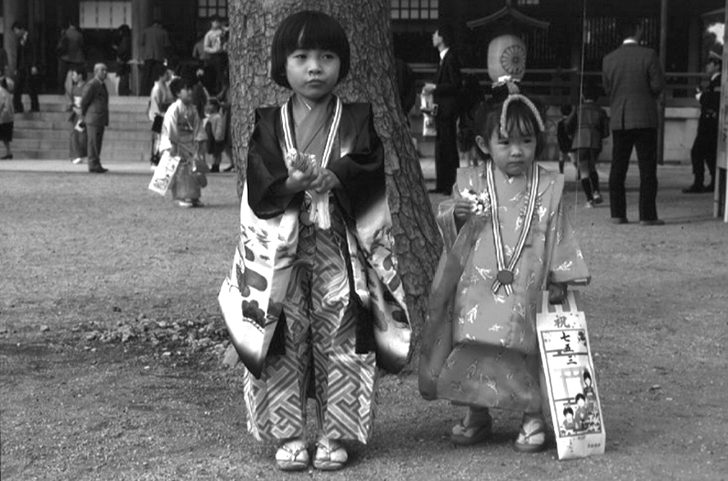




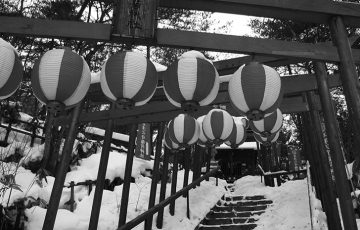
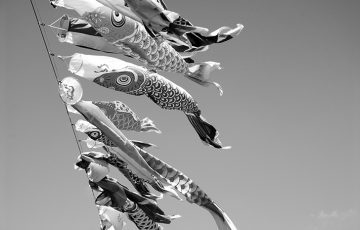


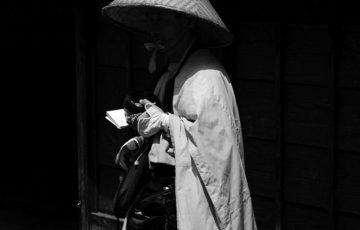
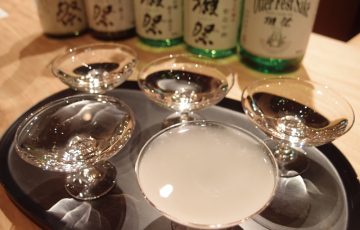
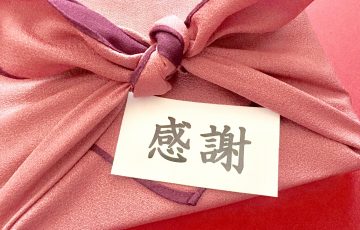


Recent Comments